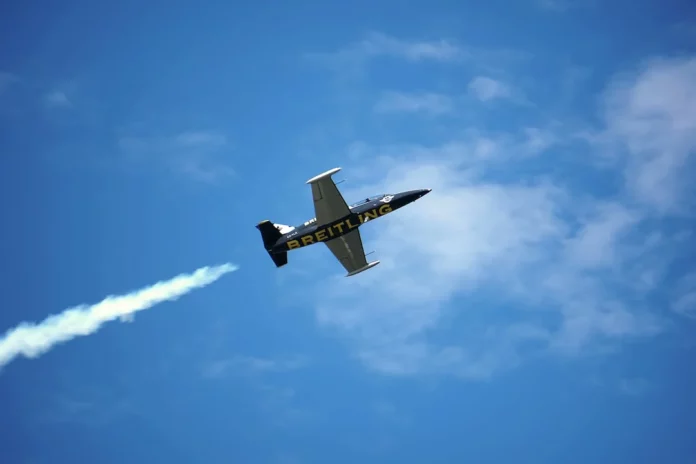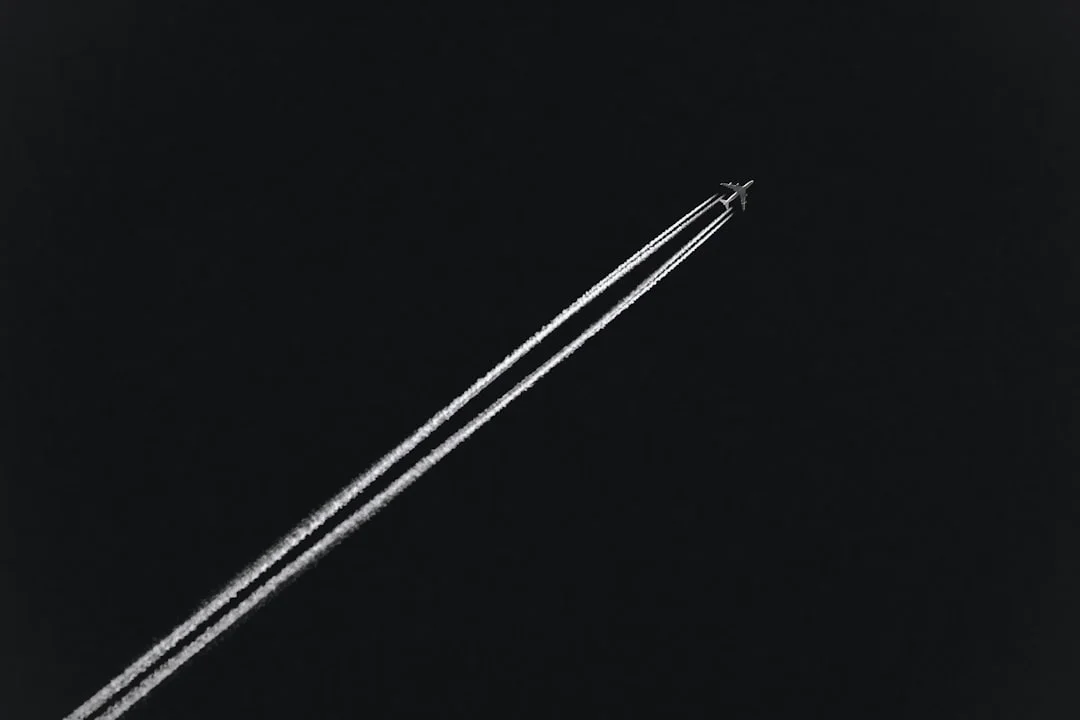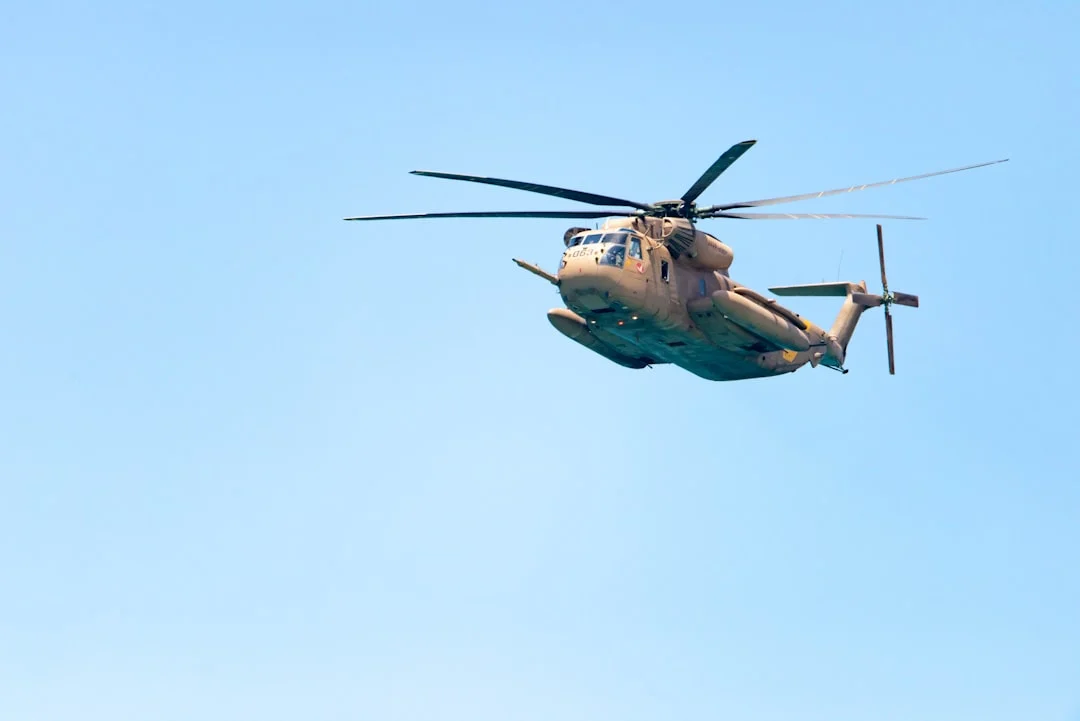The High Lift Control System (HLCS) on the Boeing 777 aircraft is a crucial component that is responsible for enhancing the aerodynamic performance of the aircraft during takeoff and landing. This system helps to generate the necessary lift required for the aircraft to become airborne and maintain controlled flight. The HLCS consists of various mechanisms and devices that work in harmony to optimize the aircraft’s lift capabilities, ensuring a safe and efficient flight experience for passengers.
Contents
How does the High Lift Control System work?
The High Lift Control System (HLCS) on the Boeing 777 employs several innovative technologies to enhance the aircraft’s lift capabilities. One of the key components of the HLCS is the Leading Edge Slats (LES), which are located on the leading edge of the wings. These slats can extend or retract, depending on the phase of flight, to alter the wing’s shape and increase its surface area. During takeoff and landing, the slats extend, creating an extended wing surface and generating additional lift. This enables the aircraft to generate the necessary lift at lower speeds, allowing for safer takeoffs and landings.
Another essential component of the HLCS is the Trailing Edge Flaps (TEF), located on the trailing edge of the wings. Similar to the Leading Edge Slats, these flaps can extend or retract depending on the flight phase. During takeoff and landing, the flaps extend, increasing the wing’s camber and surface area. This alteration in the wing’s shape results in an increase in lift and allows the aircraft to maintain controlled flight at lower speeds. The HLCS also includes Spoilers, which can be deployed to decrease lift during descent or landing, effectively reducing the amount of force acting on the wings.
The High Lift Control System on the Boeing 777 is intelligently designed to automatically adjust and optimize the various control surfaces based on the specific phase of flight. This ensures that the aircraft maintains optimal lift and control, even under varying flight conditions. The system receives input from multiple sensors, such as airspeed indicators and angle of attack sensors, to determine the appropriate settings for the control surfaces. This sophisticated automation allows for smooth and efficient operations, minimizing the pilot’s workload and enhancing the overall safety of the aircraft.
Advantages of the High Lift Control System
The High Lift Control System (HLCS) on the Boeing 777 offers several advantages that contribute to the aircraft’s exceptional performance and operational efficiency:
Improved Takeoff and Landing Performance
The HLCS enables the Boeing 777 to achieve shorter takeoff distances and smoother landings. By extending the Leading Edge Slats and Trailing Edge Flaps, the system increases the wing’s lift capabilities at low speeds, allowing for a lower takeoff speed and a reduced runway length requirement. Similarly, during landing, the extended flaps and slats provide greater lift and control, ensuring a gentle touchdown and minimizing the risk of excessive runway usage.
Enhanced Safety and Stability
The HLCS plays a vital role in maintaining the Boeing 777’s stability and safety during critical flight phases. By automatically adjusting the control surfaces based on the aircraft’s speed, angle of attack, and other factors, the system enhances the aircraft’s lift and control capabilities. This ensures that the aircraft remains within safe operating limits, reducing the risk of stall or loss of control.
Fuel Efficiency and Cost Savings
The High Lift Control System contributes to fuel efficiency and cost savings for airlines operating the Boeing 777. By optimizing lift and control during takeoff and landing, the system reduces the aircraft’s drag and improves its climb performance. This results in lower fuel consumption and operational costs, allowing airlines to maximize operational efficiency and reduce their environmental impact.
In conclusion, the High Lift Control System (HLCS) on the Boeing 777 is a critical component that significantly impacts the aircraft’s performance, safety, and operational efficiency. With its sophisticated mechanisms and automated controls, the HLCS enhances the aircraft’s lift capabilities during takeoff and landing, enabling shorter distances, smoother landings, and improved fuel efficiency. This system exemplifies the innovative engineering and meticulous design principles employed by Boeing to ensure a safe and enjoyable flying experience for passengers and crew alike.
For More: What is PRSOV on Boeing 777? (Pressure Regulating Shut-Off Valve)




